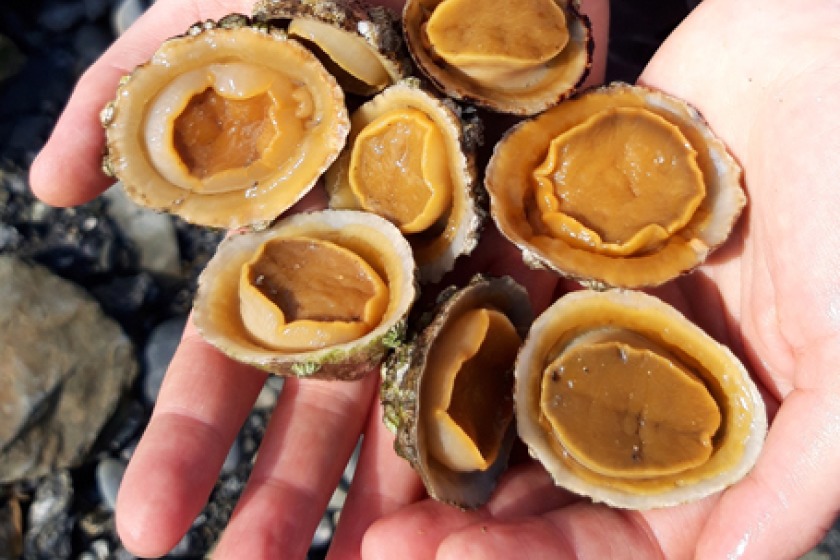Singing for your supper
Thu, 16 Apr 2020
In the fourth in our series of articles about Manx music, this piece looks at teh link between music and food in the Isle of Man. This was recently published in the Manx Independent:
Singing for your supper
Self-sufficiency was the way of life in rural areas in days gone by, and the diet was simple and seasonal. Farmers, fishermen and crofters followed the flow of the seasons, celebrating calendar customs and other significant occasions, just as their forebears had done. Down the centuries, food, music and sometimes dance became inextricably linked, as the following examples show....
Looking first at Easter customs, there was the curious tradition of visiting the beach after sunrise on Good Friday to prise flitters from the rocks. They were baked in their shells over a fire made from mychurachan (flotsam and jetsam) and eaten with barley cake and milk. The remnants were thrown into the sea while a charm or prayer was recited, and the party would then perform a processional dance, stamping out the embers of the fire. (The Flitter Dance was collected by Mona Douglas in the 1930s, and it is still performed today, although not usually on the beach!)
On Oie’ll Vreeshey (Bridget’s Eve) in February, the woman of the house would sing an ‘Invocation to St Bridget’, offering her a meal and a bed for the night.
A successful harvest was celebrated with the Mheillea dance, followed by a lavish supper of broth and herring pie for all the workers.
At Hop tu Naa (October 31), there was bonnag dipped in milk (as described in the song) and a traditional supper of mashed potatoes, parsnips and fish. Young women made Soddag Valloo (Dumb Cake) from flour, soot and eggshells. It was eaten in silence while walking backwards and, if lucky, they would dream of their future husbands.
Wedding celebrations involved an abundance of music, dancing and feasting. The traditional dish was broth, eaten from wooden bowls called ‘piggins’ and supped with mussel shells called ‘sligs’, followed by a lavish spread of fowls and cold meats and plenty of ‘jough’ (ale). WH Gill’s song, ‘A Manx Wedding’ describes the scene:
‘For eatin’ and drinkin’ there’s heaps of binjean, And milk for the women, and jough for the men, And custards and jellies from Mrs Cregeen….’
As the evening wore on, the traditional dance ‘Peter O’ Tavy’ saw the wedding guests’ sobriety tested as they attempted to sing, dance and balance on one leg!
Births were associated with ‘Arran as Caashtey’ (bread and cheese), stemming from the custom of keeping a dollan (round tray) of oatcakes and cheese in the room where the mother was confined – presumably for visitors to partake, or perhaps to appease the fairies. The mother would rock the baby to a traditional lullaby such as Arrane y Chlean or Smuggler’s Lullaby.
Other food is elevated above the ordinary in Manx songs such as ‘Ta’n Grine Veg Oarn’ (Little piece of barley), ‘Cur dty Vainney’ (Give your milk) and the corn milling song, ‘Arrane ny Bleih’.
The article is available to be enjoyed on the Isle of Man Newspapers' website.
This article links to the series of traditional Manx music arranged for guitar being released as a free download and video lesson. More information is available here.
Recent News
-
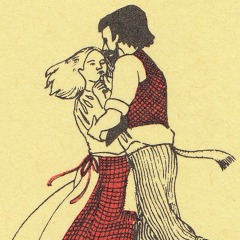
Rinkaghyn Vannin: Manx dance book and cassette released online
Thu, 18 Apr 2024
-

Vin Diesel to star in film version of the Buggane of St Trinian's
Mon, 01 Apr 2024
-
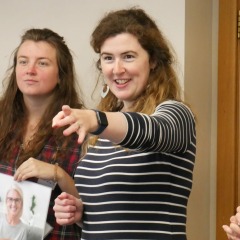
Manx Gaelic Summer School
Tue, 12 Mar 2024
-
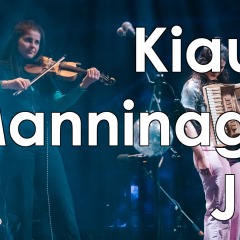
March Manx music and dance newsletter
Fri, 01 Mar 2024
-

Adrian Corkill awarded the RBV for his work on Manx shipwrecks
Fri, 23 Feb 2024
-
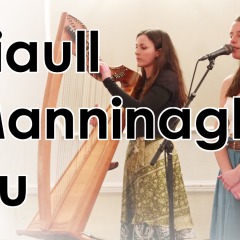
February Manx music and dance newsletter
Thu, 01 Feb 2024
-
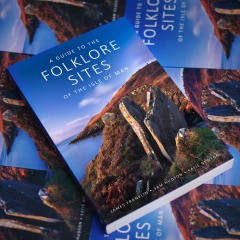
Folklore Guide event
Tue, 09 Jan 2024
-
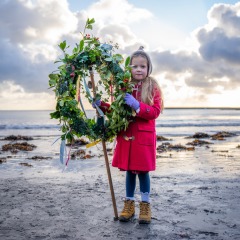
Beautiful pictures of an ancient Manx tradition
Wed, 20 Dec 2023
-
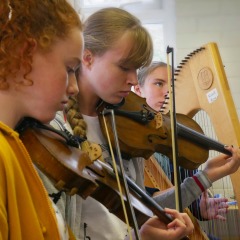
Youth Manx trad session announced
Tue, 19 Dec 2023
-
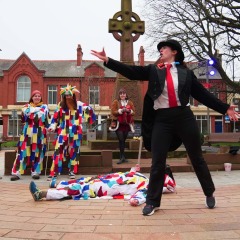
Dates and locations for the White Boys, 2023
Mon, 11 Dec 2023

